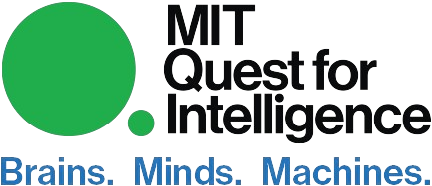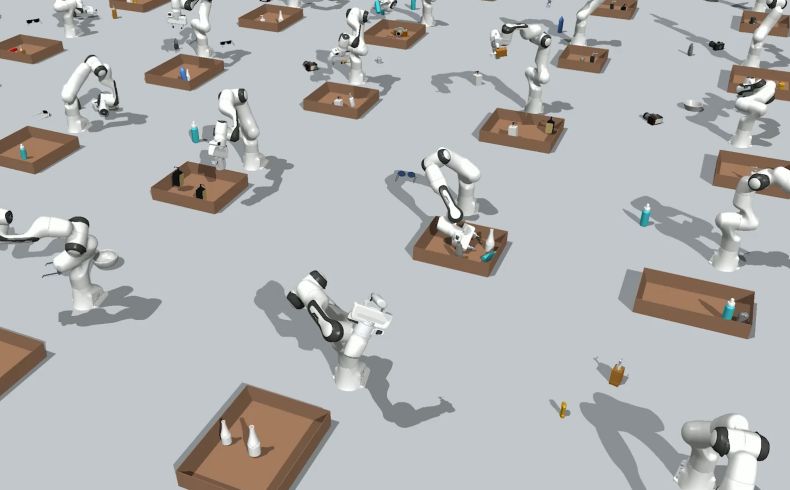Professors Leslie Kaelbling, Tomas Lozano-Perez, and Josh Tenenbaum are members of a team of MIT researchers who used a form of generative AI, called a diffusion model, to solve packing problems more efficiently. Their method uses a collection of machine-learning models, each of which is trained to represent one specific type of constraint. These models are combined to generate global solutions to the packing problem, taking into account all constraints at once.
They have developed a machine-learning technique called Diffusion-CCSP. Diffusion models learn to generate new data samples that resemble samples in a training dataset by iteratively refining their output. To do this, diffusion models learn a procedure for making small improvements to a potential solution. Then, to solve a problem, they start with a random, very bad solution and then gradually improve it.
To learn more about the project, see the story by the MIT News Office, read the research paper, or check out the project page,
This work was partially funded by the MIT Quest for Intelligence.

